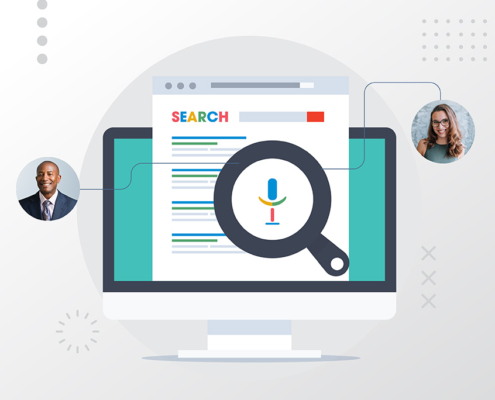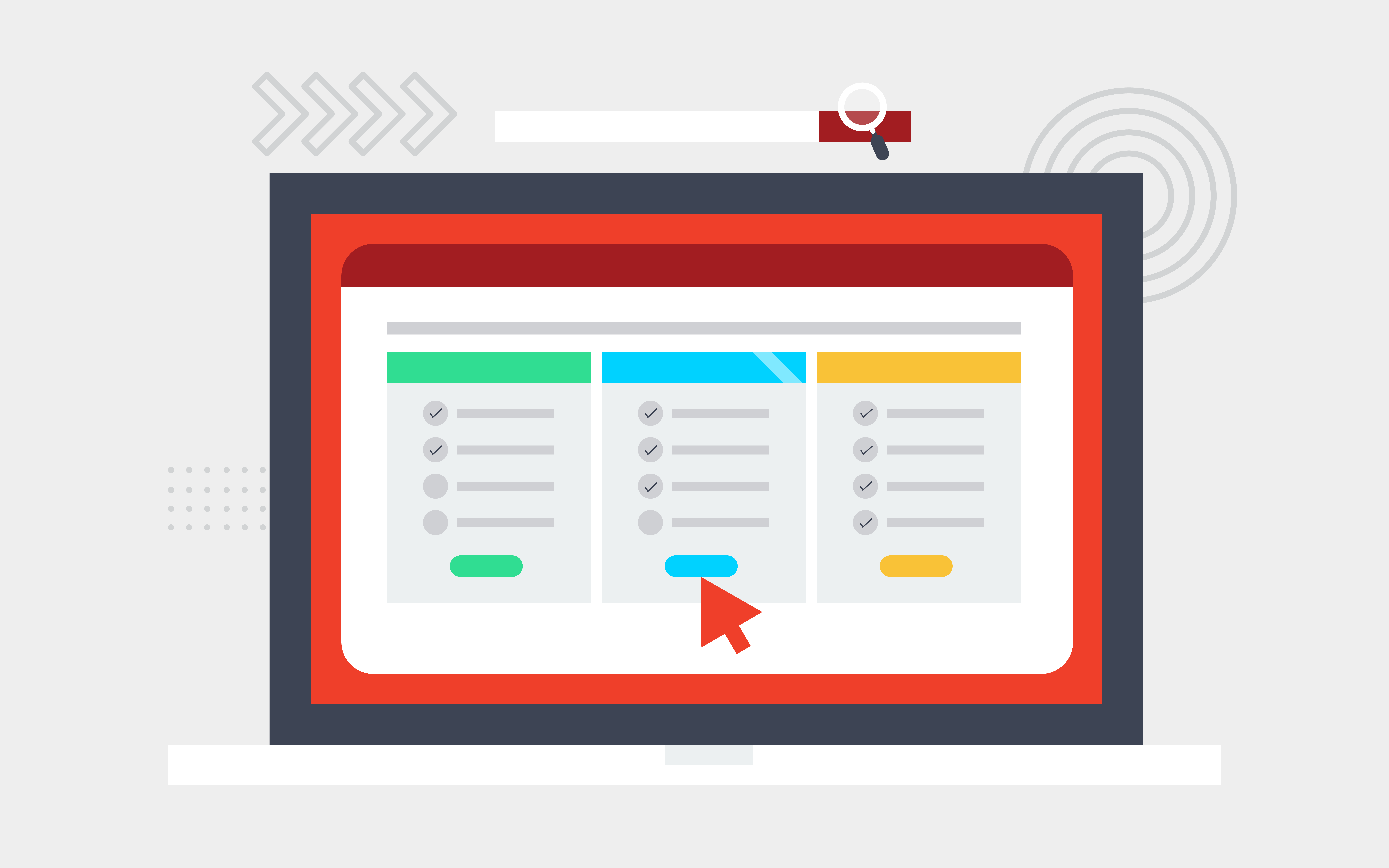

In the vast landscape of digital marketing, understanding and harnessing the power of the bottom-of-funnel stage is crucial for driving conversions and maximizing revenue.
This guide will equip you with the knowledge and tools needed to excel in bottom-of-funnel marketing.
What Is Bottom-of-Funnel Marketing?
Bottom-of-funnel (BOFU) marketing is the stage in the marketing funnel where potential customers are closest to making a purchase decision. Also known as lower-funnel marketing, individuals in the BOFU stage have moved past the awareness and consideration phases and are actively evaluating their options and considering making a purchase.
The goal of lower-funnel marketing is to convert leads into customers by providing them with the information, reassurance, and incentives they need to make a buying decision. This often involves tactics such as personalized sales messages, targeted promotions, customer testimonials, case studies, free trials, and demos.
Why Is Bottom-of-Funnel Marketing Important?
BOFU marketing is crucial for driving conversions and revenue generation, as it focuses on addressing the specific needs and concerns of potential customers who are on the verge of making a purchase. By effectively nurturing leads at this stage, businesses can increase their conversion rates and maximize the return on their marketing efforts.
How Lower-Funnel Marketing Works
Lower-funnel marketing focuses on converting leads into customers by addressing their specific needs and guiding them through the final stages of the purchasing process. Here’s how lower-funnel marketing typically works:
- Understanding Customer Intent: Lower-funnel marketing begins by identifying and understanding the intent of potential customers who have already shown interest in your products or services. These individuals may have interacted with your brand through previous engagements, such as visiting your website, signing up for a newsletter, or engaging with your content.
- Personalized Communication: Once potential customers reach the lower-funnel, personalized communication becomes crucial. Marketers utilize data collected from previous interactions to tailor messages and offers to each individual’s specific needs and preferences. This might involve sending targeted emails, retargeting ads, or personalized recommendations based on past behavior.
- Providing Value and Reassurance: At this stage, potential customers are evaluating their options and seeking reassurance that they’re making the right decision. Lower-funnel marketing aims to provide value by addressing any concerns or objections that potential customers may have. This could involve offering detailed product information, customer reviews and testimonials, case studies, or comparisons with competitors.
- Incentives and Offers: To incentivize potential customers to make a purchase, marketers often provide special offers, discounts, or promotions tailored to individuals in the lower-funnel. These incentives can help push undecided leads over the edge and encourage them to take action.
- Clear Call to Action (CTA): Lower-funnel marketing campaigns typically include a clear call to action that prompts potential customers to take the next step, whether it’s making a purchase, scheduling a demo, or contacting a sales representative. The CTA should be compelling, easy to understand, and aligned with the customer’s current stage in the buying journey.
- Tracking and Optimization: Throughout the lower-funnel marketing process, it’s essential to track the effectiveness of campaigns and optimize strategies based on real-time data and insights. Marketers analyze metrics such as conversion rates, sales revenue, and customer feedback to continually refine their approach and improve results.
Overall, lower-funnel marketing is about nurturing leads and guiding them toward conversion by providing the right information, incentives, and support at the right time. By focusing on the specific needs and preferences of potential customers in the final stages of the purchasing process, businesses can increase conversion rates and drive revenue growth.
Keep Reading: Guide to Creating Personalized Email Campaigns
Explaining Lower-Funnel Marketing in Lead Generation
Lower-funnel marketing in lead generation are interconnected components of a marketing strategy aimed at converting leads into customers. Here’s a few ways they work together:
In lead generation, marketers often refer to the “funnel” as the journey a potential customer takes from being aware of a product or service to making a purchase. The funnel typically consists of stages like awareness, consideration, and decision-making. Lower-funnel marketing occurs in the decision stage when prospects are ready to take action.
At the lower-funnel stage, marketers focus on leads that have already been qualified as being more likely to convert. These leads may have engaged with your brand multiple times, shown interest in specific products or services, or have taken actions indicating readiness to make a purchase.
Ready to boost your online visibility and drive quality traffic to your website? Let our digital marketing experts optimize your online presence with proven SEO strategies.
Types of BOFU Marketing Content
BOFU marketing content is designed to address the specific needs and concerns of potential customers who are close to making a purchasing decision. Here are some common types of BOFU marketing content:
Product Demonstrations
Providing detailed product demonstrations or walkthroughs allows potential customers to see how the product or service works in action. This can help alleviate any doubts or uncertainties they may have and showcase the value proposition.
Case Studies
Case studies highlight real-world examples of how your product or service has helped other customers solve their problems or achieve their goals. They provide social proof and credibility, demonstrating the tangible benefits of choosing your offering.
Customer Testimonials and Reviews
Sharing testimonials and reviews from satisfied customers can help build trust and credibility. Potential customers are more likely to trust the opinions of their peers, making testimonials a powerful tool for persuasion.
Comparison Guides
Creating comparison guides that pit your product or service against competitors’ offerings can help potential customers make informed decisions. Highlighting the unique features, benefits, and advantages of your offering can sway their decision in your favor.
Free Trials or Demos
Offering free trials or demos allows potential customers to experience your product or service firsthand before making a commitment. This hands-on experience can help them understand the value and benefits of your offering, making them more likely to convert.
FAQs and Buying Guides
Providing answers to frequently asked questions (FAQs) and creating buying guides can address common concerns and objections that potential customers may have. This helps streamline the decision-making process and provides clarity on any lingering doubts.
Limited-Time Offers or Discounts
Offering exclusive deals, discounts, or promotions to potential customers can create a sense of urgency and incentivize them to take action. Limited-time offers encourage potential customers to make a decision quickly before the opportunity expires.
Webinars or Workshops
Hosting webinars or workshops that dive deeper into specific topics related to your product or service can educate potential customers and showcase your expertise. This interactive format allows you to engage with your audience and address their questions in real-time.
ROI Calculators or Tools
Providing tools or calculators that help potential customers estimate the return on investment (ROI) or savings they can expect from using your product or service can demonstrate its value in concrete terms.
Customized Proposals or Quotes
Tailoring proposals or quotes to address the specific needs and requirements of potential customers shows that you understand their unique challenges and are committed to providing a solution that meets their needs.
By incorporating these types of BOFU marketing content into your strategy, you can effectively nurture leads and guide them through the final stages of the buying journey, ultimately increasing conversions and driving revenue growth.
Lower-Funnel Marketing Best Practices
Here are some lower-funnel marketing best practices:
- Segmentation and Personalization: Segment your audience based on behavior, demographics, or preferences, and personalize your messaging accordingly. Tailored content resonates more with leads and increases the likelihood of conversion.
- Focus on High-Intent Keywords: Target keywords with high purchase intent to capture leads actively searching for solutions. Use SEO and paid search strategies to ensure your brand appears prominently in relevant search results.
- Retargeting Campaigns: Implement retargeting campaigns to re-engage leads who have previously interacted with your brand but haven’t converted yet. Show them personalized ads or offers based on their past behavior to encourage them to return and complete a purchase.
- Social Proof and Reviews: Showcase customer testimonials, reviews, case studies, and endorsements to build trust and credibility. Positive social proof can alleviate doubts and reassure leads about the value of your offering.
- Clear and Compelling CTAs: Use clear and compelling calls to action (CTAs) that prompt leads to take the desired action, whether it’s making a purchase, scheduling a demo, or signing up for a trial. Make CTAs prominent and easy to follow.
- Offer Incentives: Provide incentives such as discounts, exclusive deals, or bonuses to incentivize leads to convert. Limited-time offers create a sense of urgency and encourage immediate action.
- Streamlined Checkout Process: Simplify the checkout process to reduce friction and make it as easy as possible for leads to complete a purchase. Minimize the number of steps required and offer multiple payment options for convenience.
- Responsive Customer Support: Offer responsive and helpful customer support to address any concerns or questions leads may have. Providing timely assistance can instill confidence in your brand and help overcome objections.
- A/B Testing and Optimization: Continuously test different elements of your marketing campaigns, such as messaging, design, and offers, to identify what resonates best with your audience. Use data-driven insights to optimize your approach and maximize conversions.
- Track and Measure Results: Monitor key metrics such as conversion rates, sales revenue, cost per acquisition (CPA), and return on investment (ROI) to gauge the effectiveness of your lower-funnel marketing efforts. Use analytics tools to track performance and make data-driven decisions.
Keep Reading: How to Build an SEO Content Strategy
Key Takeaways
Whether you’re operating in e-commerce, B2B, or any other industry, mastering BOFU marketing can elevate your marketing efforts and drive tangible results.
At Abstrakt Marketing Group, our team of SEO strategists know how to leverage BOFU marketing to drive conversions and maximize ROI for businesses across diverse industries. With a deep understanding of buyer behavior and a data-driven approach, our SEO strategists craft tailored BOFU marketing strategies that resonate with your target audience and compel them to take action. Contact us today to learn more about how we can help.


